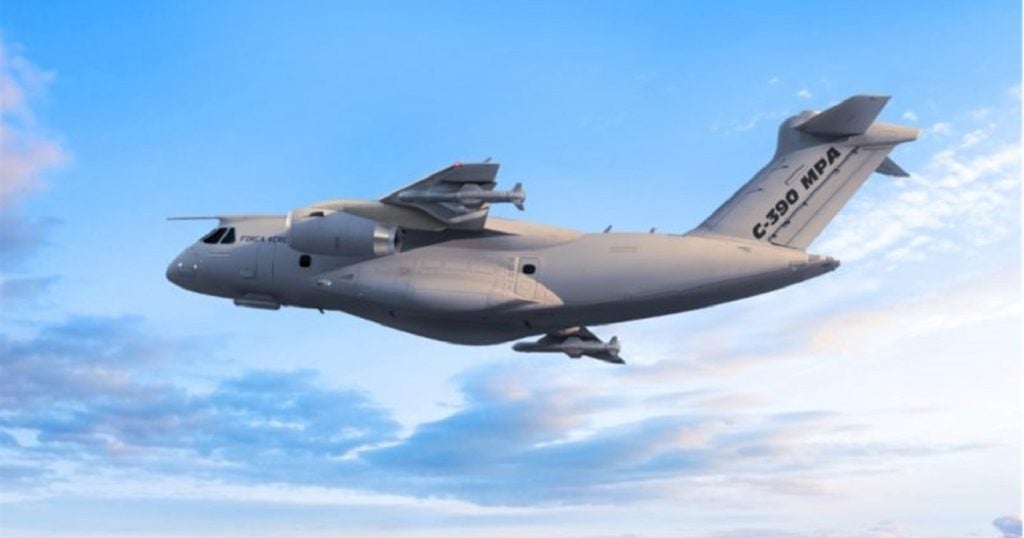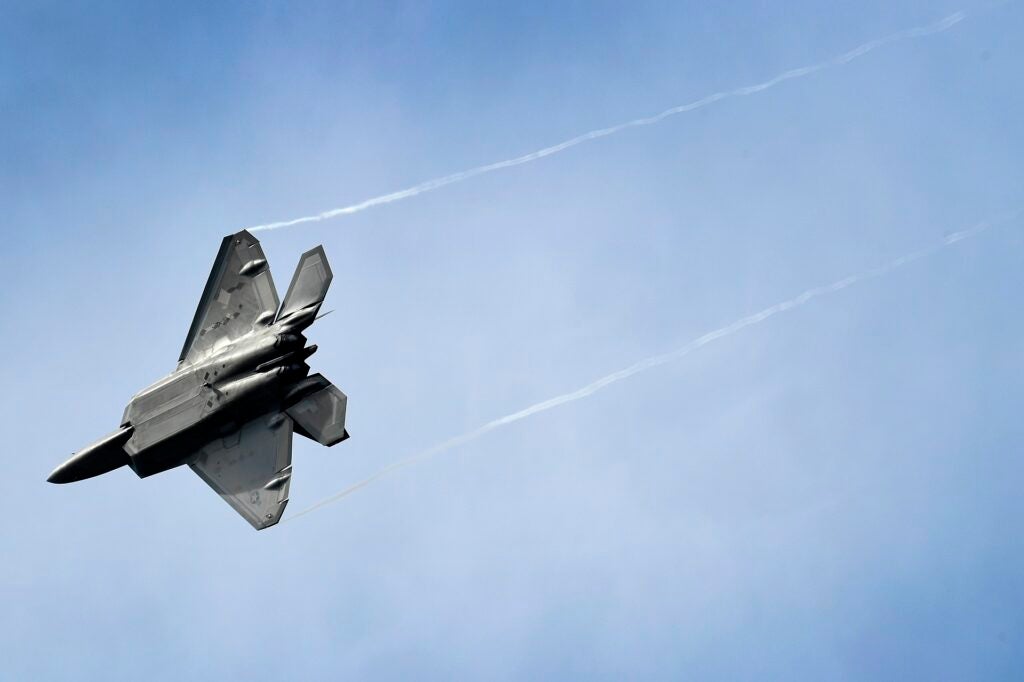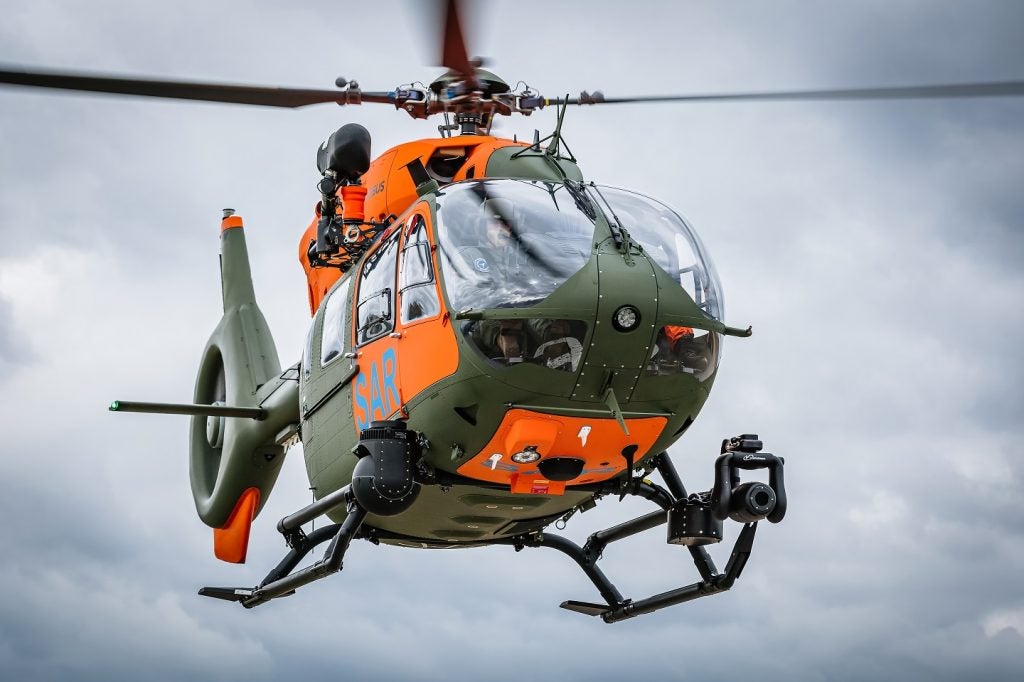
The $15.4bn budget for the Space Force comes as part of a wider $18bn US investment in space operations with money earmarked for new systems, maintenance, and the newly stood-up US Space Command.
Highlights from the Department of Defence’s (DoD) requested investment in space include:
- $15.4bn for the US Space Force.
- $1.6bn for the National Security Space Launch (NSSL) programme.
- $1.8bn for Global Positioning System III and associated projects
- $2.5bn for Space-Based Overhead Persistent Infrared Systems (SBIRS)
- $249m for the US Space Command
- $337m for the US Space Development Agency
According to documents released alongside the budget request, the DoD plans to ‘expeditiously’ build the fledgeling Space Force, support the US Space Command and other space-focused agencies to ‘provide singular focus to maintain competitive advantage in space’.
The DoD reiterated this, saying in documents that the $18bn commitment to space operations by the Pentagon confirmed the ‘commitment to the space domain strengthening our resilience, deterrence, and warfighting options in space.’
A budget briefing presentation showed that the US also aims to bolster the ranks of the new force to nearly 10,000 for fiscal year 2021, with 3,500 civilian and 6,400 military staff.
In a press briefing on the budget, Vice-Admiral Ron Boxall said: “Our $18 billion investments will allow the US Space Force to develop space professionals, space systems and doctrine while, at the same time, the newest combatant command, United States Space Command, will wake up every day focused on maintaining our warfighting advantage in space. And it also provides a threefold increase in the Space Development Agency to field game-changing space technologies.
How well do you really know your competitors?
Access the most comprehensive Company Profiles on the market, powered by GlobalData. Save hours of research. Gain competitive edge.

Thank you!
Your download email will arrive shortly
Not ready to buy yet? Download a free sample
We are confident about the unique quality of our Company Profiles. However, we want you to make the most beneficial decision for your business, so we offer a free sample that you can download by submitting the below form
By GlobalData“The department prioritised the following critical investment areas in space: space control, to field a mix of offensive, defensive, situational awareness systems; missile warning capabilities in traditional and low-earth orbit to improve resiliency; National Security Space Launch provides capacity to assure access to space; and GPS improvements to increase capacity and ensure connectivity in contested areas.”
Of the $15bn requested by the US Space Force, $2.6bn will be set aside for operations and maintenance, £2.44bn for procurement of equipment and systems leaving the vast chunk of the budget, $10.3bn, to fund research, development, testing and evaluations operations of the force.
In a budget document, the DoD said that just forming the Space Force was not enough to ensure the country’s continued dominance in space.
The DoD document reads: “Legally establishing the US Space Force does not guarantee the United States’ pre-eminence in the space domain—the nation must commit sufficient and appropriate resources to properly accomplish its assigned responsibilities.
“These investments will provide for freedom of operations in space, strengthen the mission assurance of capabilities to support US and allied forces in all domains, as well as protecting these forces against potential adversaries’ space-enabled capabilities.”
As the Space Force continues to develop, the DoD expressed a commitment to transfer all necessary space-related missions, units, resources, and personnel by 2022 at the latest. The budget document adds that over the next five years the DoD will continue to transfer additional appropriate personnel and equipment from across the military into the control of the Space Force.
 Falcon 9 Starlink launch. Credits: US Air Force photo by Airman 1st Class Zoe Thacker.
Falcon 9 Starlink launch. Credits: US Air Force photo by Airman 1st Class Zoe Thacker.
What does the budget reveal about US Space intentions?
Space operations have become an increasingly integral part of how militaries around the world operate as communications and systems like GPS which are integral to operations rely on space-based assets.
In budget documents, the DoD makes clear its belief that dominance in space is a key factor in the country’s national security and the US’s ability to project power on a global stage.
Since the election of President Donald Trump, the US made a number of signals that it was looking to bolster its presence in space with the creation of a new combatant command to directly control space operations and the formal creation of the US Space Force as a sixth branch of the US military with the enactment of the FY2020 National Defence Authorisation Act (NDAA).
The budget documents give an idea of the scope of the Space Force with the budget and investment in space, showing that the US takes dominance in the domain seriously. The budget documents read: “The US Space Force will organise, train, and equip military space forces of the United States to provide: freedom of operation in, from, and to the space domain; and prompt and sustained space operations. The US Space Force will include both combat and space-focused combat-support functions to enable prompt and sustained offensive and defensive space operations and joint operations in all domains.
“The US Space Force will continue to rely on the US Air Force for foundational and infrastructure support, except in performing those functions unique to the space domain or central to its independence, in order to avoid duplication of effort and bureaucratic growth of staff and organisation.”
In the wake of the US push for space, other allies have set their sights on bolstering their presence in space, with the UK recently appointing a Director Space to oversee the Ministry of Defence’s (MOD) space policy and develop a coherent strategy for the UK’s operations in space. Elsewhere last year, following the announcement that the US was launching a Space Command, France followed suit with the creation of its own command.







